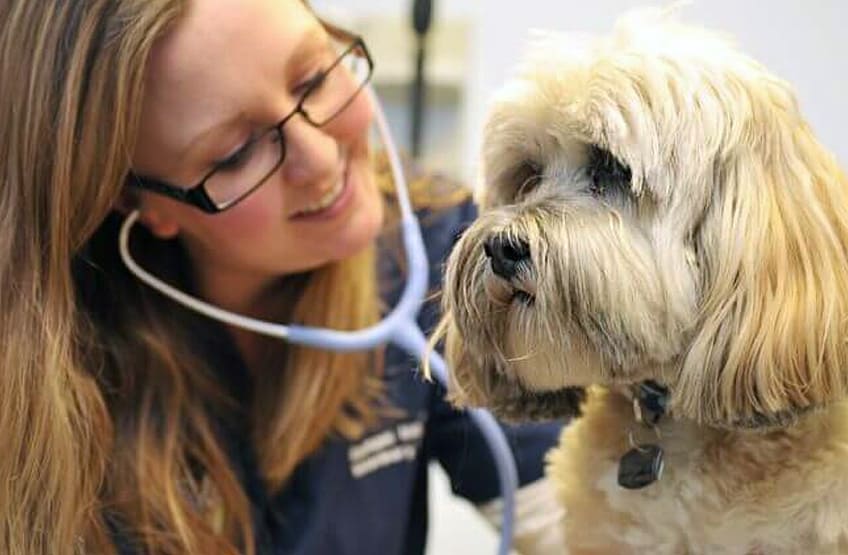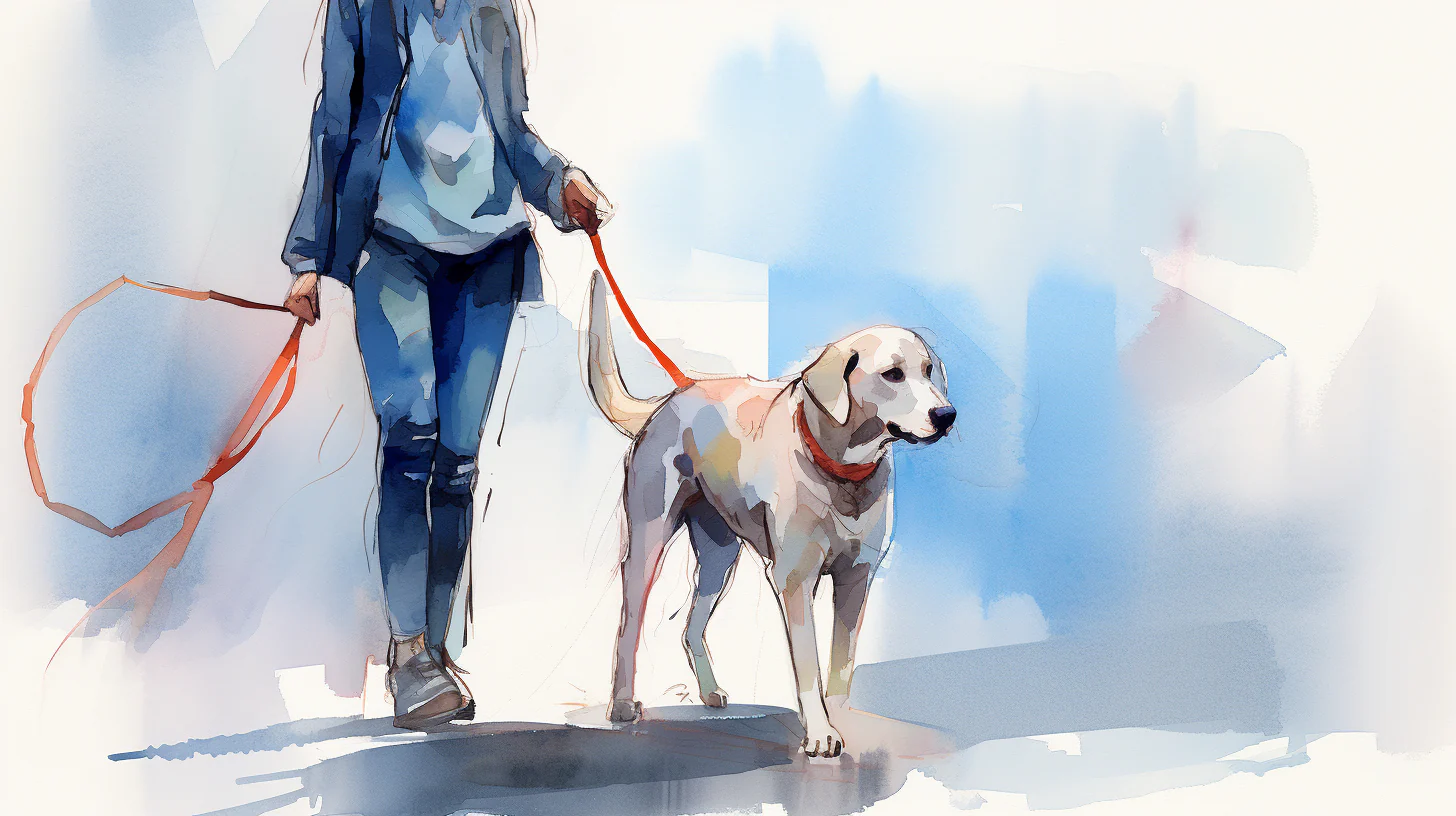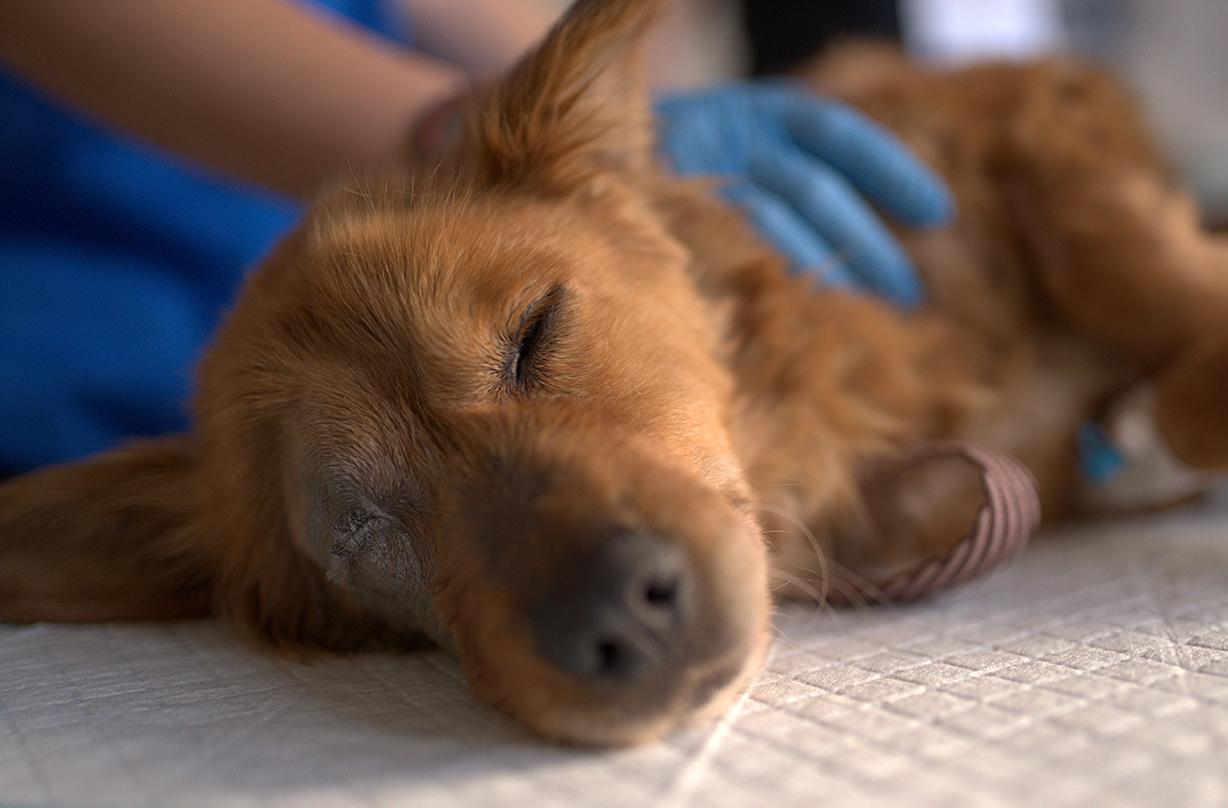Benzalkonium chloride is a common ingredient found in many household disinfectants, antiseptics, and cleaning products. While it is effective in killing bacteria and viruses, it can pose a significant risk to our canine companions. Understanding the potential hazards and safety measures associated with benzalkonium chloride is crucial for every pet owner.

What is Benzalkonium Chloride?
Benzalkonium chloride (BAC) is a type of cationic surfactant. It is widely used for its antimicrobial properties in various products such as disinfectant sprays, wipes, and some topical medications. Although it is effective in killing germs, it can be harmful to dogs if they come into direct contact with it or ingest it.
Potential Risks of Benzalkonium Chloride for Dogs
- Skin Irritation and Burns
- Benzalkonium chloride can cause severe skin irritation, burns, and ulcers if it comes into contact with your dog’s skin. Dogs with sensitive skin or open wounds are particularly at risk.
- Ingestion Hazards
- If a dog ingests products containing benzalkonium chloride, it can lead to symptoms such as drooling, vomiting, and difficulty swallowing. In severe cases, it can cause internal burns and other serious health issues.
- Respiratory Issues
- Inhalation of benzalkonium chloride fumes from sprays or cleaning products can cause respiratory distress, coughing, and sneezing in dogs. Chronic exposure can lead to more severe respiratory problems.

Symptoms of Benzalkonium Chloride Poisoning in Dogs
If you suspect your dog has been exposed to benzalkonium chloride, watch for the following symptoms:
- Drooling
- Vomiting
- Difficulty swallowing
- Coughing or sneezing
- Skin redness or ulcers
- Lethargy
- Difficulty breathing
Safety Tips and Precautions for Pet Owners
- Store Products Safely
- Keep all cleaning products, disinfectants, and medications containing benzalkonium chloride out of reach of pets. Store them in secure cabinets or shelves.
- Read Labels Carefully
- Always read the labels of household products to check for the presence of benzalkonium chloride. Opt for pet-safe alternatives whenever possible.
- Use Products Sparingly
- If you must use products containing benzalkonium chloride, use them sparingly and ensure that the area is well-ventilated. Keep your dog away from treated areas until they are completely dry.
- Clean Up Spills Immediately
- If any product containing benzalkonium chloride spills, clean it up immediately and thoroughly. Ensure no residue is left behind that your dog might come into contact with.
- Rinse Thoroughly
- After using cleaning products, rinse the treated area with water to remove any remaining benzalkonium chloride. This is especially important for surfaces your dog might lick or walk on.

Alternatives to Benzalkonium Chloride
There are many pet-safe alternatives to benzalkonium chloride that you can use to keep your home clean and germ-free:
- Vinegar and Water Solutions: A mixture of vinegar and water can effectively clean surfaces without posing a risk to your pets.
- Hydrogen Peroxide: Hydrogen peroxide is a pet-safe disinfectant that can be used to clean surfaces and treat minor wounds.
- Pet-Specific Cleaning Products: Many brands offer cleaning products specifically formulated to be safe for pets.
What to Do If Your Dog is Exposed to Benzalkonium Chloride
If you suspect your dog has been exposed to benzalkonium chloride, take the following steps:
- Rinse the Area: If the exposure is topical, rinse your dog’s skin thoroughly with water to remove any remaining product.
- Monitor for Symptoms: Keep a close eye on your dog for any signs of poisoning or irritation.
- Contact Your Veterinarian: If your dog shows any symptoms of benzalkonium chloride poisoning, contact your veterinarian immediately. Provide them with as much information as possible about the exposure.

Conclusion
While benzalkonium chloride is effective for disinfecting and cleaning, it can be dangerous for dogs. 🐶🧴 As a responsible pet owner, it’s essential to understand the risks and take necessary precautions to protect your furry friend. By opting for pet-safe alternatives and keeping hazardous products out of reach, you can ensure a safe and healthy environment for your dog.
